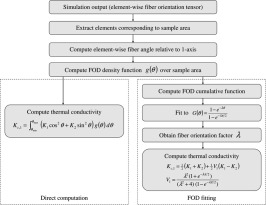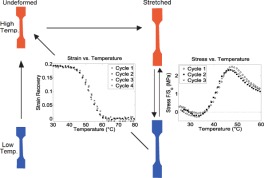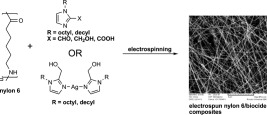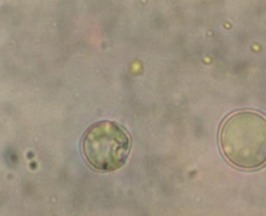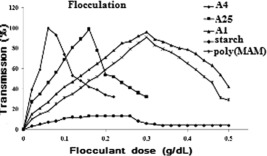Journal list menu
Export Citations
Download PDFs
Cover Image
Cover Image, Volume 131, Issue 2
- First Published: 23 October 2013
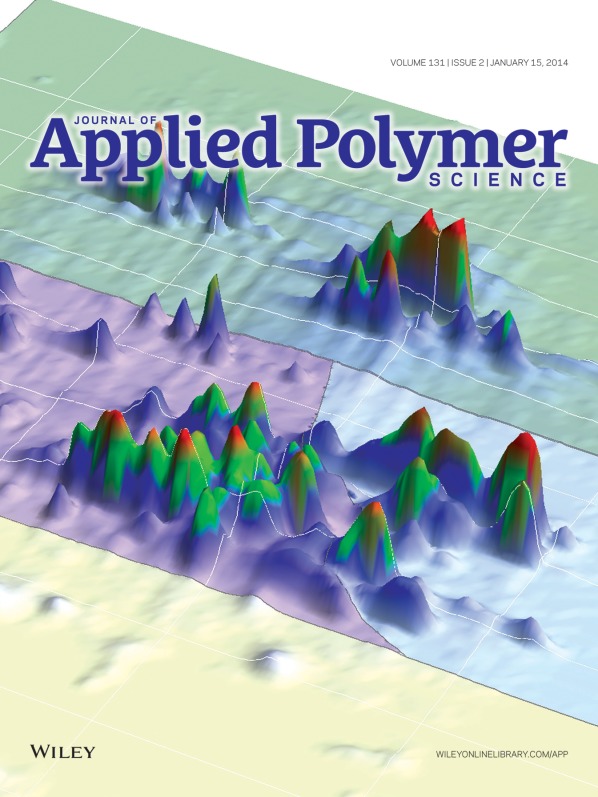
Vital wheat gluten can be modified to produce superabsorbent materials. In the study by George Robertson et al., vital wheat gluten is reacted with phosphoric acid to produce differing absorption properties. The cover, created with the software Mathematica, shows a digitally enhanced, 2D gel electrophoresis of a wheat gluten polymer that is chemically deconstructed to eliminate disulfide links and minimize secondary interactions. The peaks represent mass fractions of polymer subunits on a plane of isoelectric points and relative molecular mass. All subunits can have charge-charge interactions or hydrogen bonding, but only those in the light green and light blue regions can extend chains. Acid treatment significantly alters this topography and produces an unusually high water free swelling capacity. DOI: 10.1002/app.39440
Inside Cover, Volume 131, Issue 2
- First Published: 23 October 2013
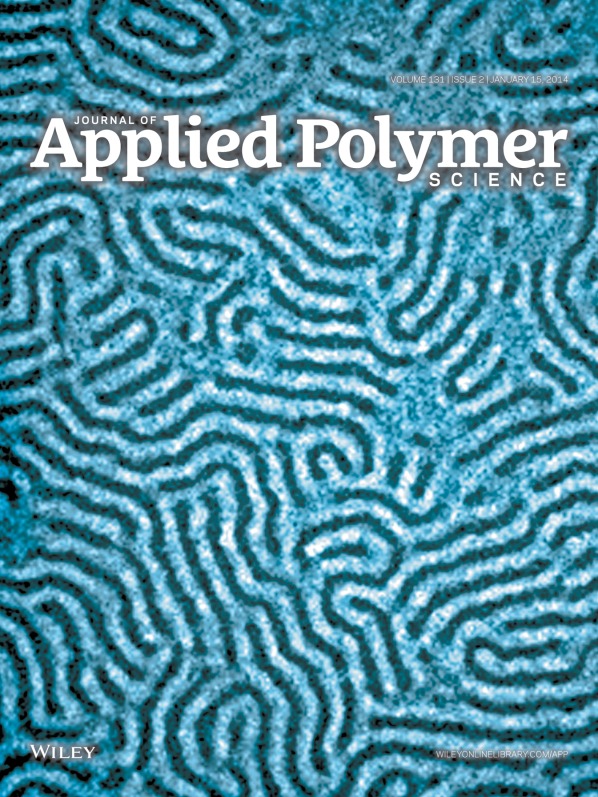
The use of extruders as continuous polymerization reactors for polymer synthesis is growing rapidly. By controlling the temperatures of various barrels alone without supplying additives, Xieyao Yuan et al. synthesize two kinds of styrene-isoprene copolymers with high isoprene content using reactive extrusion. The transmission electron micrograph on the cover reveals the microdomains of a styrene-isoprene diblock copolymer synthesized by adding styrene and isoprene monomers at the first and the fifth barrel, respectively. The microdomains are influenced by both the content of each phase and the molecular weight of each block. Compared with conventional polymerization reactors, extruders have the advantage of continuous bulk polymerization without any solvent. DOI: 10.1002/app.39429
Back Cover, Volume 131, Issue 2
- First Published: 23 October 2013
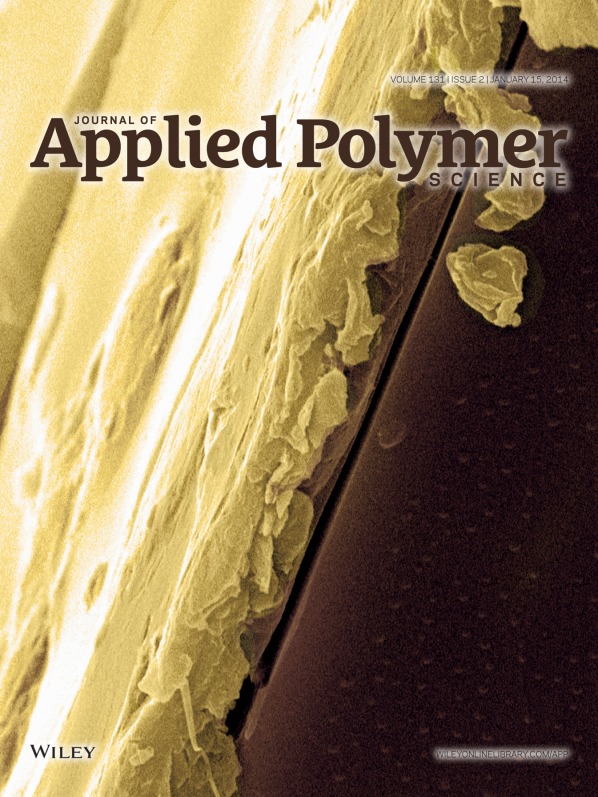
To improve sustained and controlled drug-delivery systems, the construction of polymeric matrices with a high loading of bioactive molecules and controllable release under physiological conditions is vitally important. Renbao Gu et al. fabricate a hydrogel nanocomposite film by alternating deposition of core-shell poly[(dimethylimino)(2-hydroxy-1,3-propanedily) chloride] (PDMIHPC)-laponite nanocomposite dispersion and poly(acrylic acid) (PAA). This layer-by-layer assembly process undergoes linear growth. The cover shows a SEM cross section of the hydrogel nanocomposite film after loading with methylene blue dye (MB). The loading capacity of the film for MB is as large as 4.48 μg/cm2 per bilayer due to the introduction of core-shell PDMIHPC-laponite as a film component. This hydrogel nanocomposite film shows good pH-triggered loading-release reversibility, and could be an advanced material for applications in triggered controlled release systems. DOI: 10.1002/app.39352
Reviews
Glycosylated membranes: A promising biomimetic material
- First Published: 06 July 2013
Superabsorbent hydrogel composites with a focus on hydrogels containing nanofibers or nanowhiskers of cellulose and chitin
- First Published: 24 July 2013
Articles
Layer-by-layer assembled hydrogel nanocomposite film with a high loading capacity
- First Published: 22 May 2013
Anionic bulk polymerization to synthesize styrene–isoprene diblock and multiblock copolymers by reactive extrusion
- First Published: 27 May 2013
Modification of vital wheat gluten with phosphoric acid to produce high free swelling capacity
- First Published: 27 May 2013
Potentiometric, kinetic, and thermodynamic investigations into Cu2+ ion binding properties of vinyl imidazole containing IMAC adsorbent
- First Published: 29 July 2013
Evolution of peroxide species during the photooxidation of poly(vinyl butyral)
- First Published: 30 July 2013
Structure and properties of polypropylene/high-density polyethylene blends by solid equal channel angular extrusion
- First Published: 31 July 2013
Pectins from Aloe Vera: Extraction and production of gels for regenerative medicine
- First Published: 31 July 2013
Synthesis and application of an alternative plasticizer Di(2-Ethylhexyl)-1,2-cyclohexane dicarboxylate
- First Published: 31 July 2013
Chemical treatments for improving adhesion between electrospun nanofibers and fabrics
- First Published: 31 July 2013
Preparation of superhydrophobic surfaces by cauliflower-like polyaniline
- First Published: 31 July 2013
A chemically amplified molecular glass resist with an ionic photoacid generator and a single protection group
- First Published: 02 August 2013
A commercial phosphorous–nitrogen containing intumescent flame retardant for thermoplastic polyurethane
- First Published: 02 August 2013
Oligonucleotides-decorated-poly(N-vinyl pyrrolidone) nanogels for gene delivery
- First Published: 02 August 2013
Preparation and characterization of polyamide 6/liquid natural rubber blends
- First Published: 05 August 2013
Fabrication of carbon nanotubes/polypyrrole/carbon nanotubes/melamine foam for supercapacitor
- First Published: 05 August 2013
Research Articles
Preparation and properties of dopamine reduced graphene oxide and its composites of epoxy
- First Published: 07 August 2013
Articles
Electrical properties and the role of inhomogeneities at the polyvinyl alcohol/n-inp schottky barrier interface
- First Published: 07 August 2013
Bio-sorbents from cassava waste biomass and its performance in removal of Pb2+ from aqueous solution
- First Published: 07 August 2013
Reactive red 120 and NI(II) derived poly(2-hydroxyethyl methacrylate) nanoparticles for urease adsorption
- First Published: 09 August 2013
pH- and temperature-responsive IPN hydrogels based on soy protein and poly(N-isopropylacrylamide-co-sodium acrylate)
- First Published: 09 August 2013
A redox-mediator-doped gel polymer electrolyte applied in quasi-solid-state supercapacitors
- First Published: 09 August 2013
Designing oligomeric ethylene terephtalate building blocks by chemical recycling of polyethylene terephtalate
- First Published: 09 August 2013
UV-initiated copolymerization route for facile fabrication of epoxy-functionalized micro-zone plates
- First Published: 09 August 2013
Bipolar nanofiltration membranes based on plasma modified microfilters
- First Published: 09 August 2013
In situ gelling ophthalmic drug delivery system: Formulation and evaluation
- First Published: 09 August 2013
Evaluation of highly compliant magneto-active elastomers with colossal magnetorheological response
- First Published: 10 August 2013
Food compatibility and degradation properties of pro-oxidant-loaded LLDPE film
- First Published: 12 August 2013
Preparation and properties of carbon nanotube/binary-polymer composites with a double-segregated structure
- First Published: 12 August 2013
Nanomechanical mapping of glass fiber reinforced polymer composites using atomic force acoustic microscopy
- First Published: 13 August 2013
Research Articles
Articles
Preparation of aqueous soluble polyamides from renewable succinic acid and citric acid as a new approach to design bio-inspired polymers
- First Published: 19 August 2013
Double-hydrophilic polyether antiscalant used as a crystal growth modifier of calcium scales in cooling-water systems
- First Published: 20 August 2013
Effect of plasticizer and curing system on freezing resistance of rubbers
- First Published: 20 August 2013
Preparation and adsorption behaviors of ethylene diamine tetraacetic acid modified zwitterionic hybrid materials
- First Published: 22 August 2013
Characterization and performance of dodecyl amine functionalized graphene oxide and dodecyl amine functionalized graphene/high-density polyethylene nanocomposites: A comparative study
- First Published: 22 August 2013
Surface treatment of cellulose fibers with methylmethacrylate for enhanced properties of in situ polymerized PMMA/cellulose composites
- First Published: 22 August 2013
Effect of surface acetylated-chitin nanocrystals on structure and mechanical properties of poly(lactic acid)
- First Published: 22 August 2013
Electrosynthesis and characterization of an electrochromic material from poly(1,6-bis(2-thienyl)pyrene) and its application in electrochromic device
- First Published: 26 August 2013
Aqueous core polystyrene microspheres fabricated via suspension polymerization basing on a multiple pickering emulsion
- First Published: 26 August 2013
Improvement of adhesion and continuity of polypyrrole thin films through surface modification of hydrophobic substrates
- First Published: 26 August 2013
Acrylamide-b-N-isopropylacrylamide block copolymers: Synthesis by atomic transfer radical polymerization in water and the effect of the hydrophilic–hydrophobic ratio on the solution properties
- First Published: 26 August 2013
Acetophenone-assisted main-chain photocrosslinking of poly(ethylene terephthalate)
- First Published: 26 August 2013
Mechanical and damping properties of epoxy/liquid rubber intercalating organic montmorillonite integration nanocomposites
- First Published: 26 August 2013
Synthesis and swelling behavior of pH-responsive polyurethane/poly[2-(diethylamino)ethyl methacrylate] hybrid materials
- First Published: 26 August 2013
Influence of the coupling agent on the mechanical properties of SiCf/poly(phenylene benzobisoxazole) composites
- First Published: 26 August 2013
Measurement and numerical prediction of fiber-reinforced thermoplastics' thermal conductivity in injection molded parts
- First Published: 26 August 2013
Synthesis of fluoroalkyl-modified polyester and its application in improving the hydrophobicity and oleophobicity of cured polyester coatings
- First Published: 26 August 2013
Cyclic and monotonic testing of free and constrained recovery properties of a chemically crosslinked acrylate
- First Published: 26 August 2013
Electrospun nylon 6 nanofibers incorporated with 2-substituted N-alkylimidazoles and their silver(I) complexes for antibacterial applications
- First Published: 28 August 2013
Design and evaluation of a lyophilized liposomal gel of an antiviral drug for intravaginal delivery
- First Published: 29 August 2013
Cassava starch-graft-polymethacrylamide copolymers as flocculants and textile sizing agents
- First Published: 29 August 2013




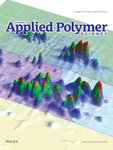
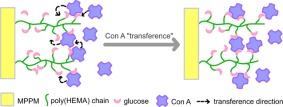
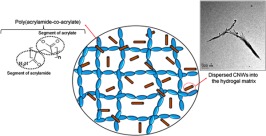
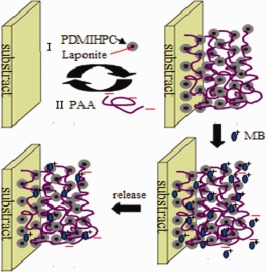

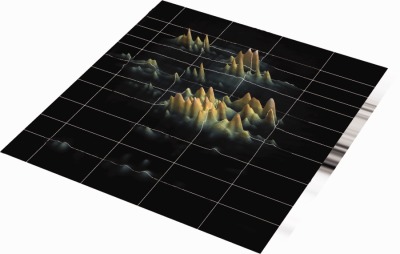
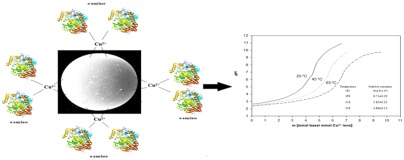
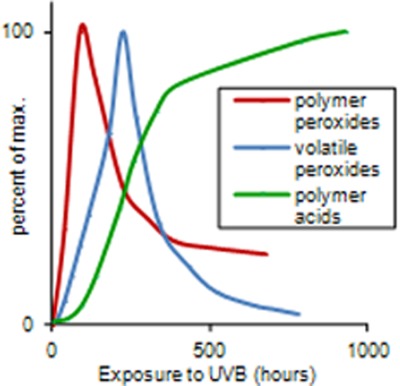


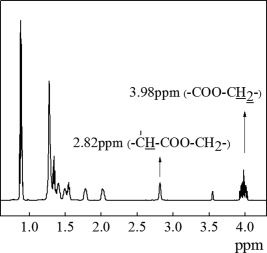
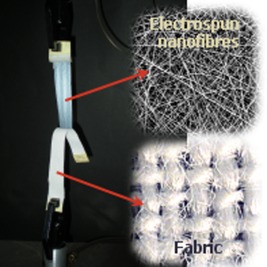
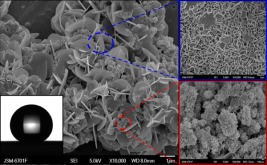

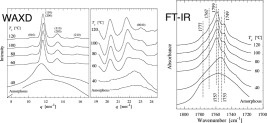
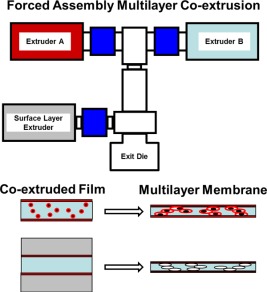
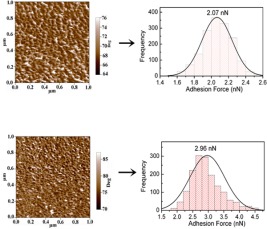
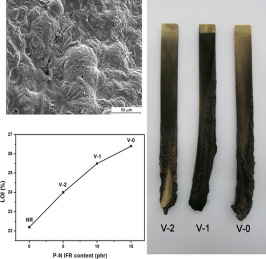
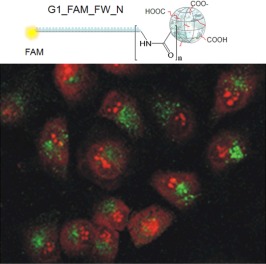
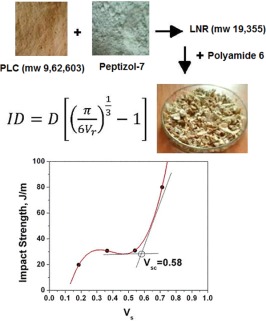
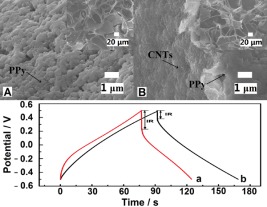

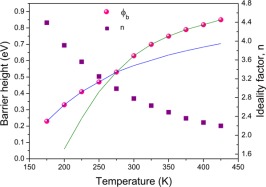
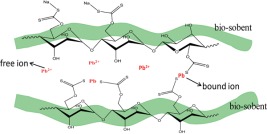
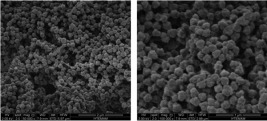
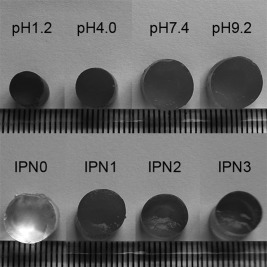


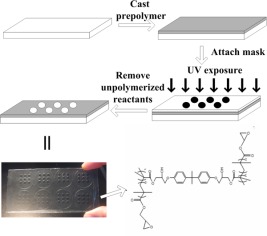
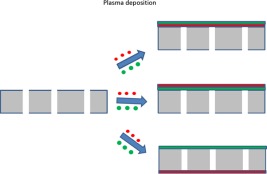
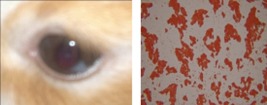
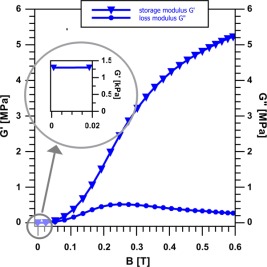
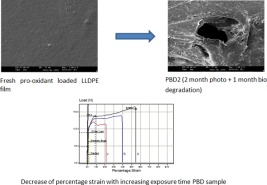
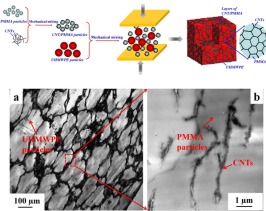
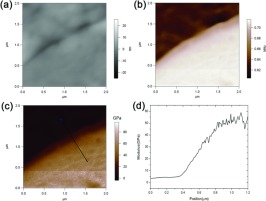
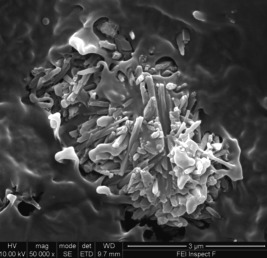

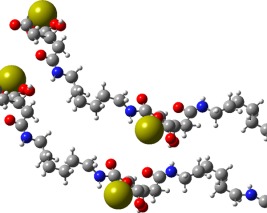
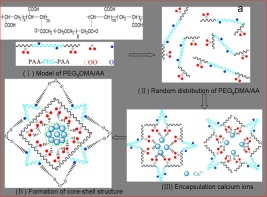
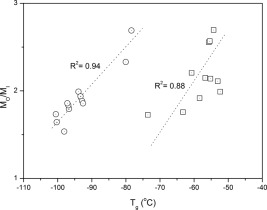
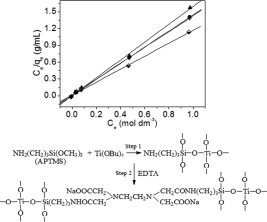

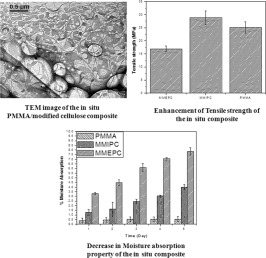
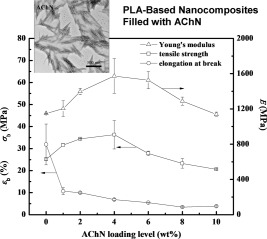
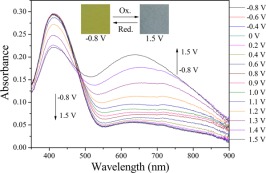
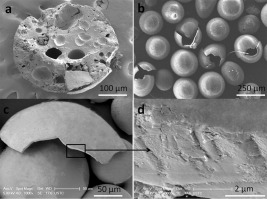
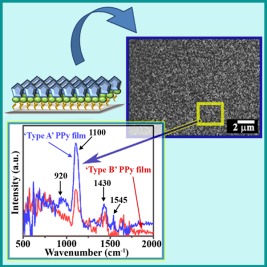

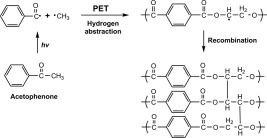
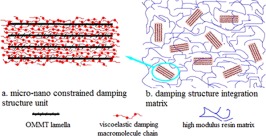
![Synthesis and swelling behavior of pH-responsive polyurethane/poly[2-(diethylamino)ethyl methacrylate] hybrid materials](/cms/asset/3c4992ad-8693-40da-8b6c-b14759ec23a2/app39799-toc-0001-m.jpg)

